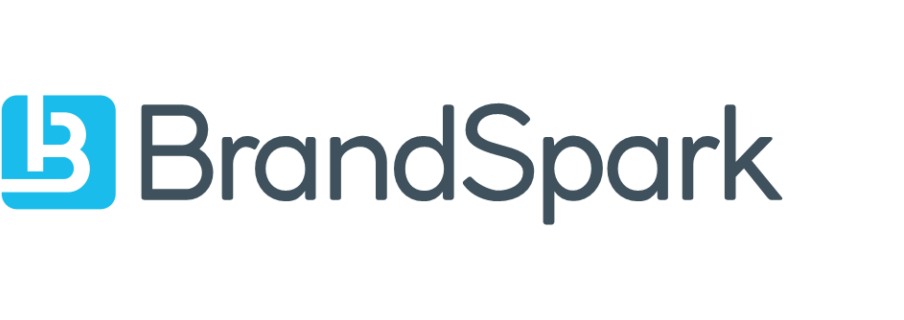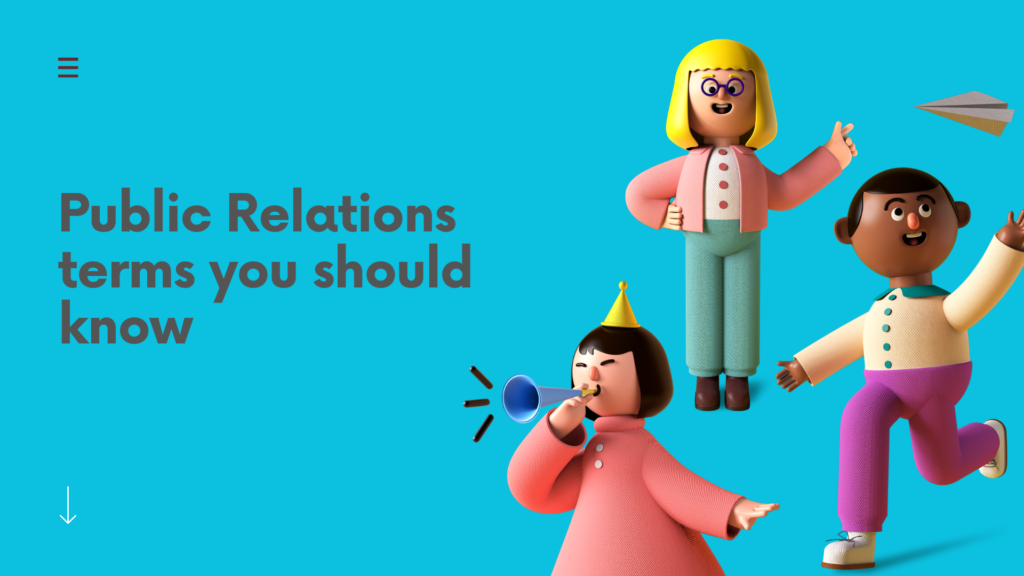Today’s post is about dumbing it down and keeping it simple stupid (K.I.S.S) because there is still a low understanding of what public relations is. We’re going back to basics and getting familiar with some of the most popular public relations terms associated with the profession.
Article
We are tempted to say that A is for Artificial Intelligence but because we are focussing on the basics, we’ll go with Article. In public relations, articles do not refer to ‘a’ or ‘the’ but a piece of writing to be published in a newspaper, magazine, journal, blog or website. A is also for advertorial.
Boilerplate
The boilerplate is one public relations term that is grossly misunderstood in meaning and usage. It is a short paragraph at the bottom of an organisation’s press (media) release that describes the organisation. Only use the boilerplate when your organisation is new to the media. If they’re familiar with the organisation, insert a link to your website instead of the boilerplate. B is also for branding and Barcelona Principles.
Crisis communication
Communication that is developed and disseminated to protect or defend an individual, brand or organisation in the public spotlight and facing potential reputation damage.
Digital media
The umbrella term which is used to describe new media platforms such as blogs, social networking sites, picture and video-sharing sites etc.
Editorial
A newspaper article written by the senior editorial staff or publisher of a newspaper or magazine expressing the editor’s opinion on a topical issue. Editorials may also be described as opinion editorials when written by members of the public to express and opinion on a topical issue.
Five Ws
This is the journalism news story formula that public relations pros adopt for writing news releases – Who, What, When, Where and Why. The Five Ws are like the ABC of public relations.
Goodwill
The ultimate objective of public relations is to create and retain goodwill. That is, a favourable relationship with and support from stakeholders.
House style
A part of corporate identity characterised by a uniform style of design, tone and typography.
Influence
The means through which public relations persuades a change in attitude, opinion or behaviour. One way public relations does this is through influencer relations or partnerships.
Journalist
A person who writes for newspapers, magazines or news websites. They are the closest allies of PR pros.
Keywords
This is one of the newer public relations terms. Keywords or key phrases (two or more words) are the words which your audience will likely type into a search engine when looking for information about your product, service or organisation. K is also for key messages.
Lobbying
To make representations aimed at influencing government decisions about laws and regulations that can impact a group or an organisation. Lobbying is an important skill for public affairs and government relations specialists.
Media
An umbrella word used to describe print publications, radio, television and digital channels such as social networks, blogs, podcasts and video-sharing sites such as YouTube. M is also for message. Media and message go hand-in-hand.
News release
Formerly referred to as press release. It is an official written statement from an organisation or individual delivered to the news media to provide information or make an announcement of public interest.
Opinion
Refers to public opinion which is the collective view of a majority of people on a subject or issue.
Press conference
We would have said public relations, but the entire post is about public relations. Again, there are many Ps in public relations – from publicity to PESO but we’ve chosen press conference in the spirit of KISS. A press conference is a meeting with journalists to make an announcement or brief them on a subject or issue. Journalists are handed a statement or news release at the end of the press conference.
Quote
A quotation from a spokesperson or an important person that is usually included in a news release. This is not necessarily inspiration but is mainly aimed at communicating the company’s core message.
Relationship and reputation
Here we couldn’t go with one ‘r’ because they are intricately linked. We call them the R&R of Public Relations. Relationship management is central to the public relations function. A trustworthy relationship between an organisation and its stakeholders results in a formidable and favourable reputation.
Stakeholder
A person, group or organisation whose activities or inactivity can affect the day-to-day running or sustainability of a business. Stakeholders include employees, customers, shareholders, the local community, the government and the media.
Tabloid and trade journal
Once again, we’re presenting two public relations terminologies that start with the same letter because of the need to clarify their meanings. A tabloid is a small-page newspaper with pages half the size of the average broadsheet and typically dominated by sensational stories while a trade journal is a periodical magazine that targets a specific industry or trade group. Marketing Edge is an example of a trade journal.
User-generated content (UGC)
This is any form of content, such as images, videos, text, and audio that is created, published and shared by individuals online other than media owners. It is also known as consumer-generated media (CGM).
Videos
A recorded audio-visual material of moving images used to inform and educate.
Website
Technically, a website is a collection of pages, content and graphics about an organisation, individual, project or idea under a domain name. Simply put, it tells a visitor who you are.
Xenophobia
Not a public relations term referring to the daily work that practitioners do, but one closely associated with relationships which can impact reputation. It is dislike of, fear or prejudice against people from other countries. A xenophobic attack can affect a nation’s brand or image and public relations corrects perceptions and influences behaviour.
YouTube
YouTube is not a public relations terminology but in this digital age, YouTube has become one of the most powerful media channels.
Zoom
Zoom is also not a PR lingo but video conferencing equally plays a vital role in public relations. Video conferencing tools like Zoom enable businesses and individuals to hold conversations virtually.
This is by no means an exhaustive list just our selection. If you would like to know more about harnessing these public relations resources and channels for your business, contact us.


